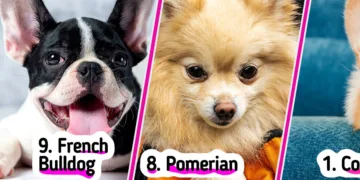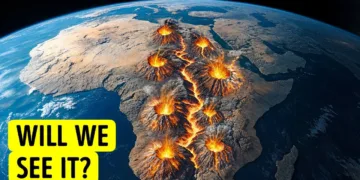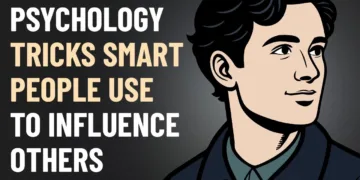Harnessing the potent strength of artificial intelligence (AI), we embarked on a fascinating journey to unravel something that any art lover or connoisseur has wondered at least once – “What if these painted figures from times gone by were real?”
AI, apart from constantly changing the way we work, communicate or entertain, it also has profound applications in the art world, where it can recreate, reimagine, and reinvent. We used this transformative technology to digitally construct the real-life renditions of people from 13 of the most iconic paintings in art history. This intriguing undertaking uncovers a new perspective on long-admired works of art.
1The Methodology: How It Works
It is an undeniable fact that artists often infuse their perceptions and interpretations into their creations. Thus, when it came to recreating the faces of the figures from these iconic paintings, we understood that we were translating the artists’ vision into a tangible image. However, with the blend of several cutting-edge AI technologies, mainly deep learning algorithms and generative adversarial networks (GANs), we were able to translate strokes of a brush into pixels of a photograph.
2The Paintings and Their Realistic Human Identities
We selected thirteen highly acclaimed paintings from world-renowned artists – a broad spectrum that includes portraits from the Renaissance period to modern abstract art. Following through with AI’s potential, each painting’s primary subject was given a transformation beyond the canvas, into a real-life counterpart.
3The List of Selected Paintings:
- “The Girl with a Pearl Earring” by Johannes Vermeer
- “American Gothic” by Grant Wood
- “Self-Portrait” by Vincent van Gogh
- And so forth…
These digital reconstructions provide a fresh and fascinating perspective on familiar faces from the art world, allowing us to imagine them wandering around in our day of age, removed from their painted confines.
4The Possibilities: A New Vantage Point
This intriguing exploration isn’t just about providing an element of surprise or novelty factor. It extends beyond these instant mesmerising reactions, raising pertinent questions regarding the relationship between art, technology and perception.
Using AI’s capability to breathe life into art expands our understanding of it and allows for deeper emotional connections. The digital transformation we conducted might even lead to new interpretations, making art’s narrative more engaging and accessible. Indeed, this AI-enabled approach offers a thrilling future for art interpretation and consumption.
Despite the fact these AI-created renditions are interpretations of interpretations, they give classics a novel dimension, allowing art lovers to interact with their favourite paintings like never before. It’s the dawn of an exciting paradigm, where AI serves as a tool for human creative expression, offering new ways to experience and appreciate art.
In conclusion, the heart of this project lies in the fusion of technology and art, in the process offering a new vantage point that challenges conventional perspectives, enabling us to see the old with fresh eyes.











